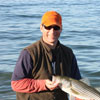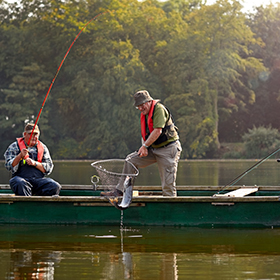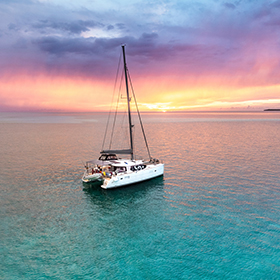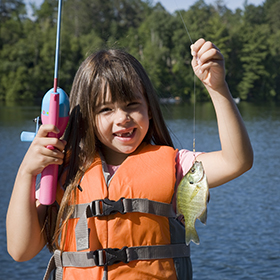Fishing in the ocean can be intimidating, but these tips will help you learn where to fish. Learn about terrain, saltwater tides, sandbar fishing spots and more.
Walking a beach while looking for fish is about as fun as it gets. If you're not used to surf fishing then it can be downright intimidating. The expansiveness of the ocean, the rising and falling of tides, and the movement of fish can be frustrating if you're not right on 'em.
2. Get a tide chart. The further you go from the equator the greater the saltwater tides, so knowing how much water moves on each tide is critical. Showing up at low tide to find a giant sandbar is interesting, but you'll need to find fish when there is water. Check out www.saltwatertides.com for a few hundred tide charts spanning a variety of regions. Talk with some buddies and check in with the local shops for up-to-the-minute fishing reports which will help you decide where to fish.
3. Spot check. The best time check your fishing spots is during the few hours on either end of low tide. With lower water you can see all the nuances of the beach and set up entrance and exit points. You can also see what effect the combination of wind and water has on the structure.
4. Belly up to the bar. There are several different sandbars on the beaches. A bull-nosed bar is rounded and attaches to shore (like an upside down U). Offshore sandbars are long and run parallel to the beach with water keeping them separate. Onshore bars jut out into the ocean and connect to the beach and are prime fishing spots. Points are just that, spits of sand that stick out into the ocean. Bowls or ocean holes are basins that have deeper water and lots of current.
5. Moon madness. The moons create higher and lower tides, so fish points on Full/New Moons and coves on quarter moons.
6. Where is the ocean current? Fish move into the current, so knowing in which direction the ocean current is running is critical.
7. Fish dropper rigs. Add a teaser or fly above your plugs, fish three or four flies at once, and you'll quickly figure out which of the many baits your fish prefer.
Regular practice, whether it's on your home water or while on vacation, is the key to understanding where to fish, so swing by your local tackle shop for current information. And don't forget your binoculars, polarized glasses, and other essential saltwater fishing gear.
Tips to Help Demystify Surf Fishing
1. Study the terrain. Nautical charts give a good contour of the water and the drop offs. A cross reference with Google Earth further shows structure and deep water, and the aerial photos of many of the places that you’d like to fish.2. Get a tide chart. The further you go from the equator the greater the saltwater tides, so knowing how much water moves on each tide is critical. Showing up at low tide to find a giant sandbar is interesting, but you'll need to find fish when there is water. Check out www.saltwatertides.com for a few hundred tide charts spanning a variety of regions. Talk with some buddies and check in with the local shops for up-to-the-minute fishing reports which will help you decide where to fish.
3. Spot check. The best time check your fishing spots is during the few hours on either end of low tide. With lower water you can see all the nuances of the beach and set up entrance and exit points. You can also see what effect the combination of wind and water has on the structure.
4. Belly up to the bar. There are several different sandbars on the beaches. A bull-nosed bar is rounded and attaches to shore (like an upside down U). Offshore sandbars are long and run parallel to the beach with water keeping them separate. Onshore bars jut out into the ocean and connect to the beach and are prime fishing spots. Points are just that, spits of sand that stick out into the ocean. Bowls or ocean holes are basins that have deeper water and lots of current.
5. Moon madness. The moons create higher and lower tides, so fish points on Full/New Moons and coves on quarter moons.
6. Where is the ocean current? Fish move into the current, so knowing in which direction the ocean current is running is critical.
7. Fish dropper rigs. Add a teaser or fly above your plugs, fish three or four flies at once, and you'll quickly figure out which of the many baits your fish prefer.
Regular practice, whether it's on your home water or while on vacation, is the key to understanding where to fish, so swing by your local tackle shop for current information. And don't forget your binoculars, polarized glasses, and other essential saltwater fishing gear.









